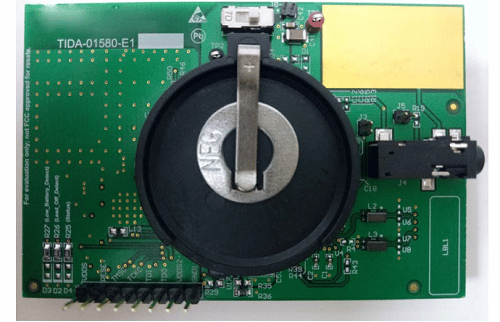Reference design for a simple wearable that can monitor multiple health parameters including heart rate, ECG, SpO2, and PTT.

After 2019, since Covid happened, everyone across the globe started taking their health more seriously, and thus the demand for wearable health monitors grew drastically. So, if you are planning to make your own multiparameter health monitor, then look no further as this reference design from TI will simplify your job.
TIDA-01580-E1 from Texas Instruments (TI) is a reference design of a simple, wearable, multiparameter, patient monitor which can measure synchronized electrocardiography (ECG) and photoplethysmography (PPG) measurements. The reference design provides raw data to calculate SpO2, heart rate, PPT, etc. It supports four LEDs and three photodiodes (PDs), with digital ambient subtraction to improve the signal-to-noise ratio (SNR). The design comes with an Arm Cortex M3 MCU and a 2.4 GHz RF transceiver that enables wireless data transfer through BLE 4.2 and 5.0. The reference design offers a battery life of 30 days in a single cell. The small form factor of the reference design allows users to implement it in various wearable applications.
The design employs AFE4900, a single-chip, biosensing front end, for measuring ECG and PPG. The design employs CC2640R2F which adds Bluetooth connectivity to yhe reference design. The CC2640R2F utilises BLE 4.2 and 5 to transfer the measured data. The design employs a CR3032 battery as a power source which can run it for up to 30 days. With small modifications to the design, a rechargeable cell can be employed in the design.
The reference design provides the raw data wirelessly, which needs to be processed externally at a microcontroller (MCU) to get heart rate, the oxygen concentration in blood (SpO2), pulse-transit time (PTT), and ECG. Two onboard light-emitting diodes (LEDs) indicate low battery detection and ECG lead-off detection for users.
The reference design has been tested by TI. To simplify the designing process, TI has provided the complete set of Design Resources including schematics, bill of materials, PCB layout, and test files, which can be downloaded from here.





